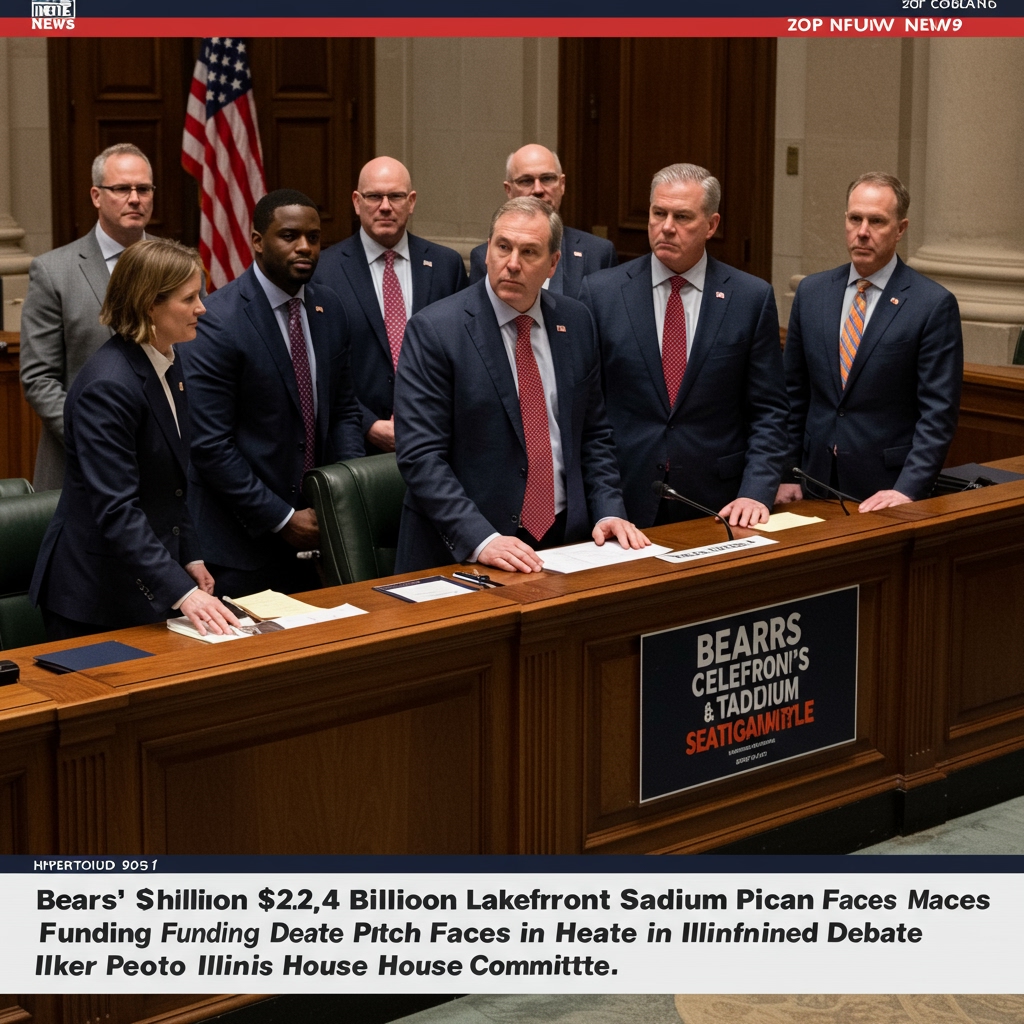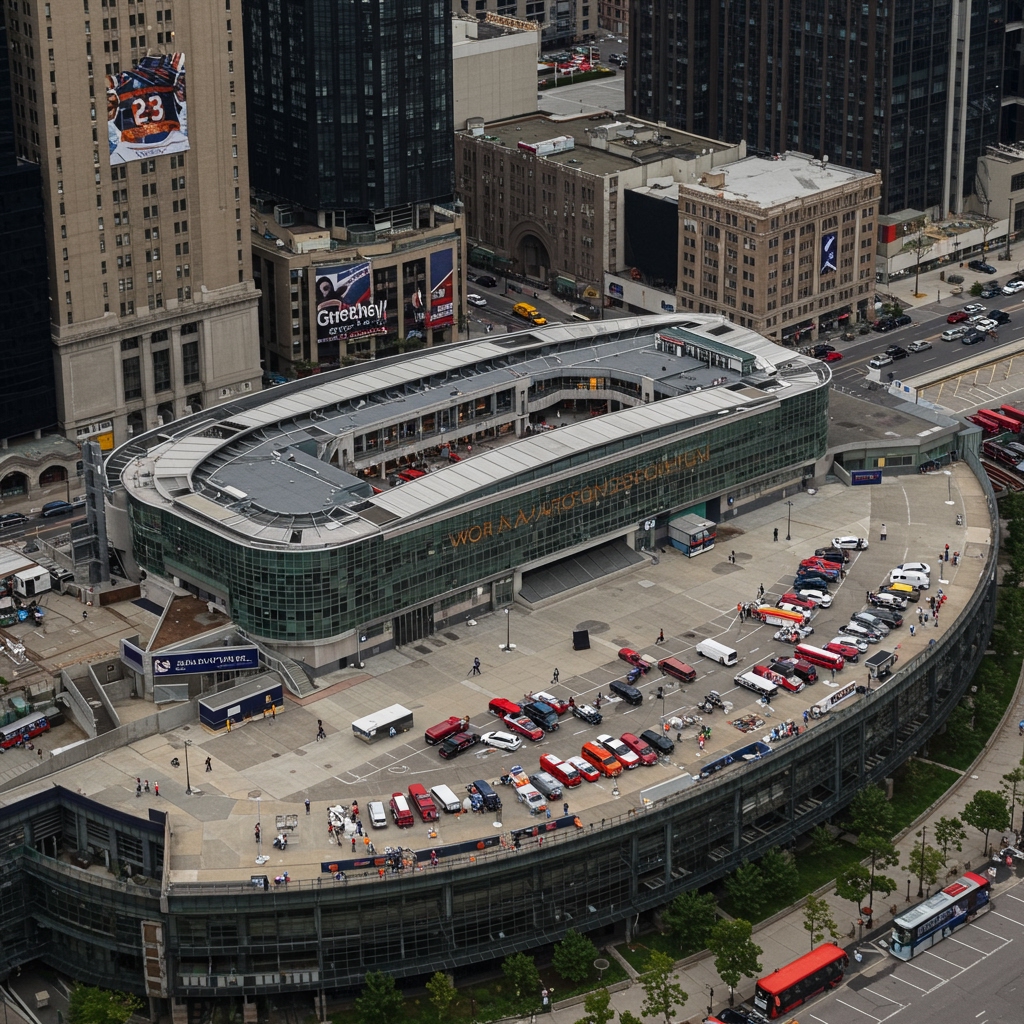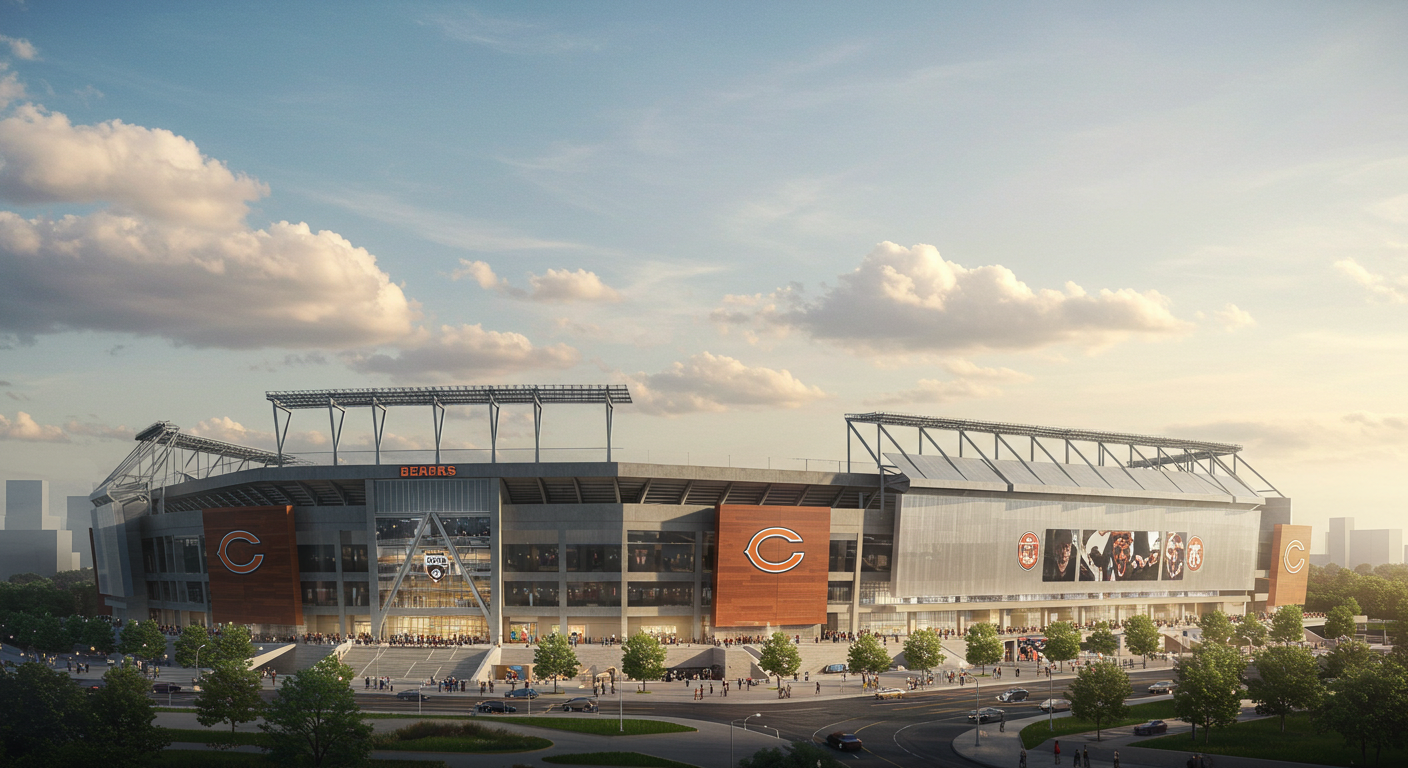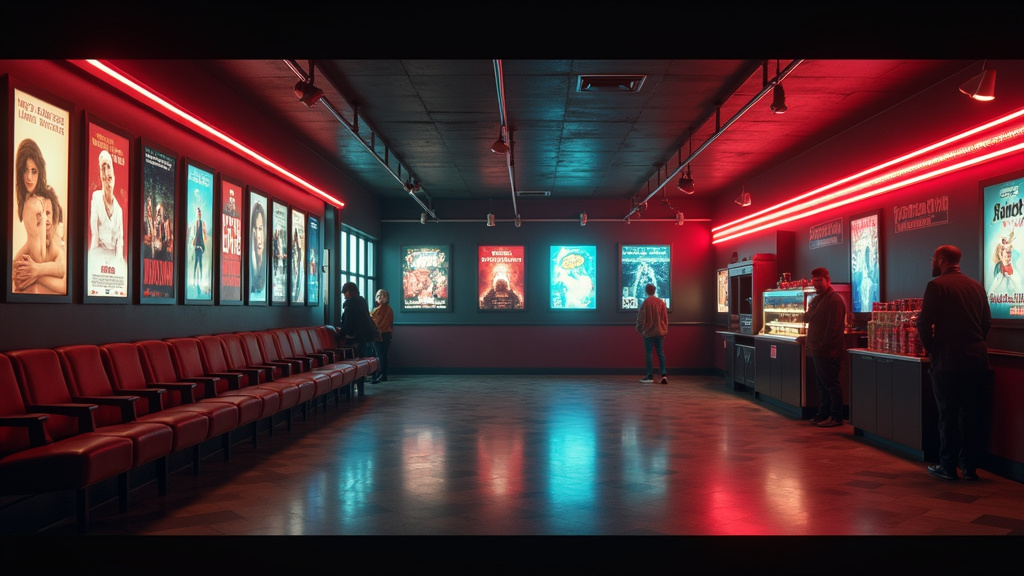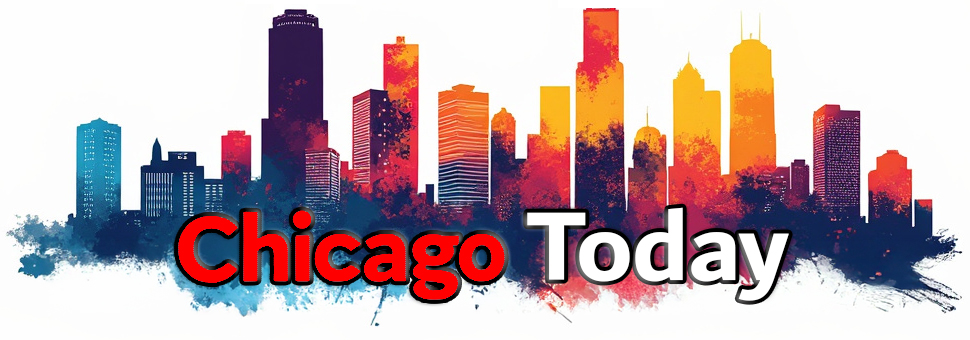The Chicago Bears organization today took a significant step in advancing their ambitious vision for a new enclosed stadium, publicly releasing updated details on the funding structure for their proposed $2.4 billion project planned for the lakefront site near Soldier Field. This announcement comes as a direct response to recent skepticism voiced by Illinois lawmakers regarding the allocation of public funds for the project, a sentiment that became particularly pronounced during discussions on March 21st. The revised proposal aims to demonstrate an increased commitment from the team towards private financing, signaling an attempt to bridge the gap with legislators and gain momentum for the complex approval process ahead.
The Revised Proposal
The core of the Bears’ updated submission revolves around the financial architecture intended to support the construction of a state-of-the-art, enclosed stadium. The total estimated cost of the project remains at $2.4 billion, a figure that encompasses the stadium structure itself, associated infrastructure improvements, and potentially other related developments within the proposed lakefront footprint. While the fundamental scope of building a modern home for the team near their current location remains unchanged, the presentation of the funding plan has been strategically recalibrated.
Crucially, the revised details place a significantly greater emphasis on the portion of the funding that the Bears organization is prepared to provide through private investment. This pivot is designed to address head-on the principal concerns raised by lawmakers and the public alike regarding the scale of taxpayer contribution required for the venture. By highlighting their willingness to increase their private financial commitment, the team seeks to portray the proposal as a more balanced public-private partnership than may have been perceived previously.
Addressing Legislative Scrutiny
The timing and content of this revised release are intrinsically linked to the feedback received from state legislators. On March 21st, during preliminary discussions and presentations, Illinois lawmakers expressed considerable skepticism and raised pointed questions regarding the necessity and mechanisms of public funding sought by the team. Concerns centered on the potential burden on taxpayers, the long-term financial returns for the state, and the overall priority of such a large-scale public investment compared to other pressing state needs. The Bears’ decision to swiftly follow up with an updated financial outline, specifically highlighting enhanced private investment, is a clear acknowledgment of these legislative hurdles and an attempt to proactively mitigate resistance.
This move underscores the reality that securing state and city approval for a project of this magnitude, particularly one involving significant public expenditure, requires navigating a complex political landscape. The team’s willingness to adapt its proposal demonstrates an understanding that the initial financial framework faced significant headwinds in Springfield and required modification to garner necessary legislative support.
Funding Strategy and Commitments
While the revised plan increases the proposed private contribution, it is important to note that specific public funding mechanisms requested in the original proposal do remain part of the current submission. The Bears are not proposing a 100% privately funded stadium at this juncture. However, the narrative surrounding the public component is being framed differently, potentially focusing on the state’s role in broader infrastructure essential for the development and the long-term economic benefits generated.
Beyond the stadium structure itself, the revised proposal introduces or further emphasizes commitments related to surrounding infrastructure development and community benefits. These components are highlighted as key aspects designed to broaden the appeal of the project and demonstrate value beyond just a sports venue. Infrastructure improvements could include upgrades to transportation networks, utilities, or public spaces adjacent to the site. Community benefits might encompass investments in local programs, job creation initiatives, or contributions to neighborhood development, intended to secure support from Chicago’s diverse communities and elected officials.
These commitments are strategically included to present the project as a comprehensive development opportunity for the city and state, rather than solely a facility for the football team. By linking the stadium project to wider public goods and community investments, the Bears aim to build a stronger case for the necessary governmental support.
The Path to Approval
The release of these revised details marks a crucial step in the ongoing negotiation process. It signals the Chicago Bears’ intent to actively engage with lawmakers and governmental bodies, demonstrating a willingness to adapt their proposal based on feedback and concerns. The team is clearly positioning itself to negotiate the terms of a potential partnership that would allow the lakefront site development to move forward.
However, the path to breaking ground on the $2.4 billion enclosed stadium remains long and fraught with potential challenges. The proposal still requires significant legislative action in Springfield. This includes the potential passage of specific bills that would authorize the necessary public funding mechanisms, facilitate land use agreements, or create specific development authorities. The legislative process in Illinois can be lengthy and requires coalition-building and compromise.
Furthermore, the project requires approval from various Chicago governmental bodies. This could include entities such as the Chicago Plan Commission, the City Council, and potentially others depending on the specifics of land ownership and zoning near Soldier Field. Each of these bodies has its own review process and approval criteria, adding layers of complexity to the overall timeline.
What Lies Ahead
The Bears’ revised funding proposal represents an attempt to inject new momentum into their stadium aspirations following a period of significant legislative pushback. By increasing their proposed private investment and emphasizing broader community and infrastructure benefits, the team hopes to create a more palatable package for state and city officials.
Nevertheless, the fundamental questions surrounding the level and nature of public funding, as well as the specific implications of developing the lakefront site near Soldier Field, are likely to remain central to the debate. The coming months will be critical as the Bears engage in further discussions and negotiations with lawmakers in Springfield and officials in Chicago, seeking to secure the necessary approvals to turn their vision of a new enclosed stadium into reality.
This updated proposal is not an end point but rather an important inflection point in the long and complex journey towards a potential new home for the Chicago Bears.



